The Power of Pistons?
Does more mean more? Are we just playing a numbers game? And is a pot not for plants?
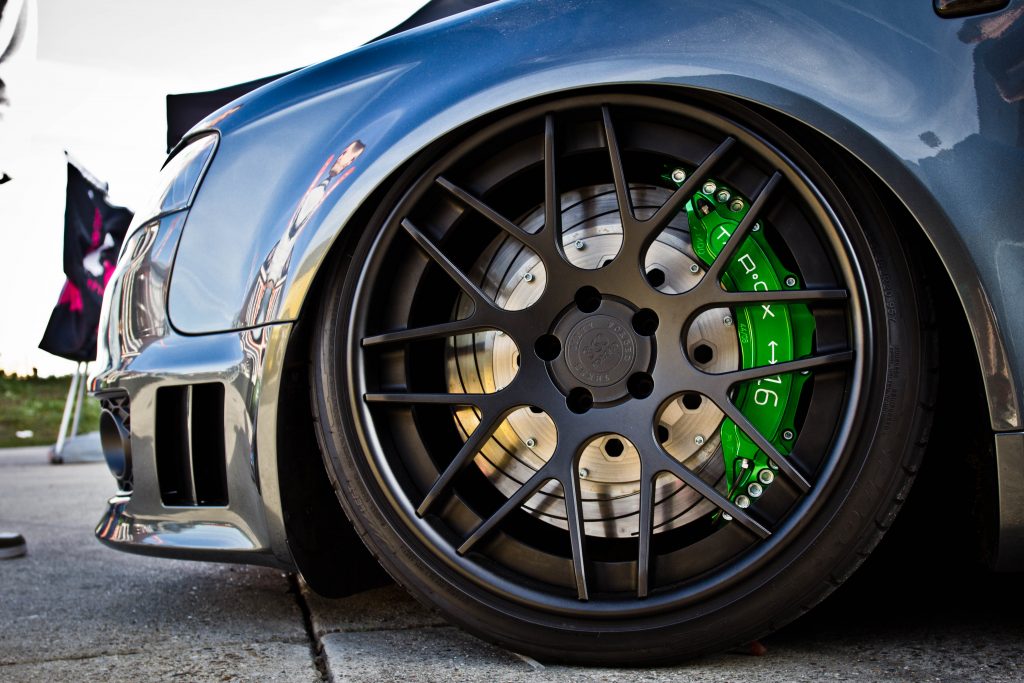
The prototype 16 piston caliper was a part of a kit to replace the OE 8 piston caliper. After road testing it was decided the smaller 16mm piston were not ideal for sustained road use and the caliper stayed 12
Well let’s get straight in to it. The common understanding that more pistons means more power is nonsense – and this is from the people who regularly build 12 piston calipers! A very simple comparison of how rudimentary a judgement like that is can be easily compared with engines. Are all V8’s more powerful than a V6’s?

Same Caliper body 3 different piston layouts for 3 different application
A V8 has the potential to be the more powerful unit but first there are key considerations. Displacement of the engine and how power is delivered. Overall diameter of pistons like the overall displacement of an engine plays a much more significant roll in achievable power. The number of pistons is much more comparable to how power is delivered rather than power itself. Consider the amazing small capacity V8 Italian engines. High revving beautiful smooth delivery of the available power. The capacity is the same as a regular 2.0 4 cylinder but the way the engine delvers this power could not be more different and a 3.0 not in a V6 but in a 12 cylinder block!
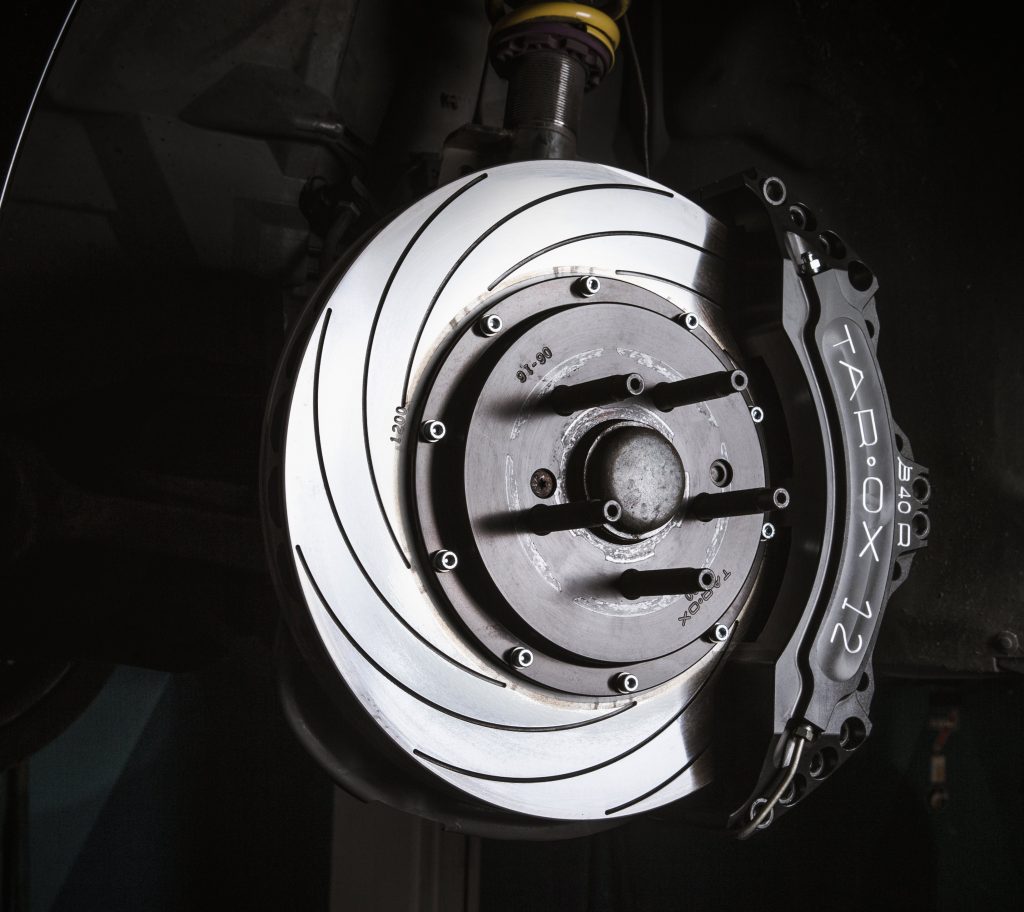
12 piston kit with 400 mm disc fitted to a Mercedes C63 AMG
Before we do a deep dive. Important constants that need to be considered when discussing the number of pistons in a caliper. For the purpose of this piece we will imagine the disc size, pad surface area and master cylinder are all fixed at one size and the only variable is the size and number of pistons in the same caliper body. We should and will go into the importance of pad area and disc diameter in another article.
It has been said many times ‘I don’t need that many pistons! it is not a race car’. This is actually where we tend to get things the wrong way round. A race car would usually benefit from 4 large pistons with a powerful custom master cylinder with pedal box to power these pistons rather than the same caliper with 6 or 8 smaller pistons. A race car is trying to generate as much braking force as possible instantly, I think we would all agree that it is very rare to present your road car brake pedal with 100% of available force (your leg strength).

When so many components on a race car are wolds apart from your tuned road car or track car why would the brakes be the same?
A road car to maximise the power delivered to back of the brake pad with force available from the standard master cylinder benefits from a greater number of smaller pistons. Firstly, allowing less fluid to move and secondly deliver the pressure to the brake pad gradually and evenly – you do not brake on the road as you do in a race car therefore control over power is in our opinion a greater ally.
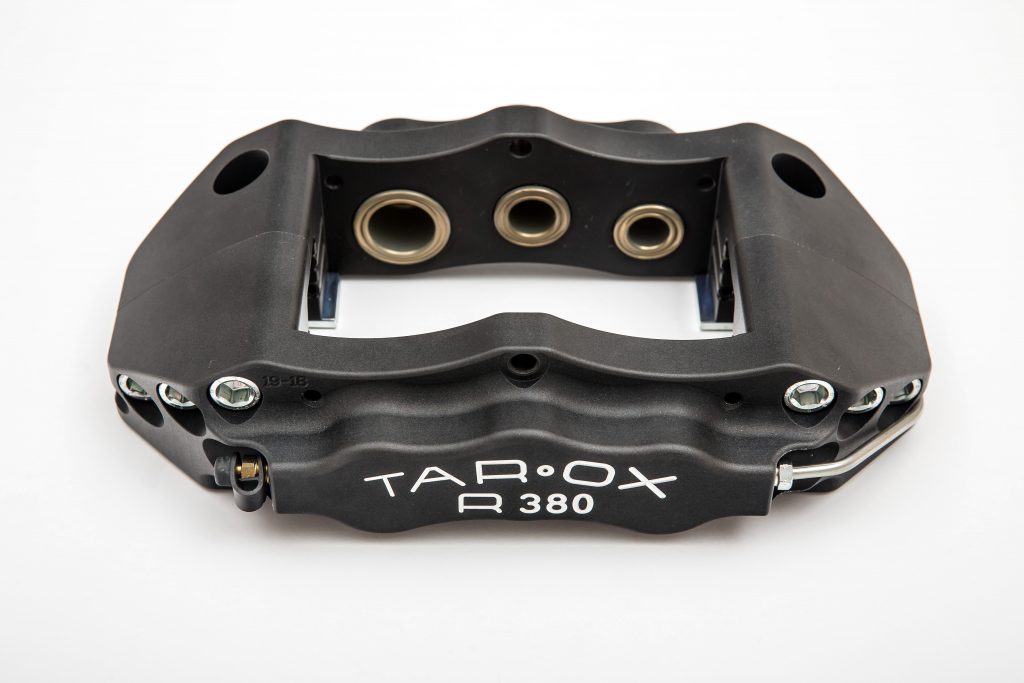
TAROX 6 piston racing caliper
For instance, our latest caliper the B38R 8 piston has a similar overall piston surface area to a competitors 6 piston caliper found in a an aftermarket GT kit which is also comparable to the 4 piston caliper found from the factory. If they were not on some level comparable the kit would simply not work with the OE master cylinder and the car would brake less not more.
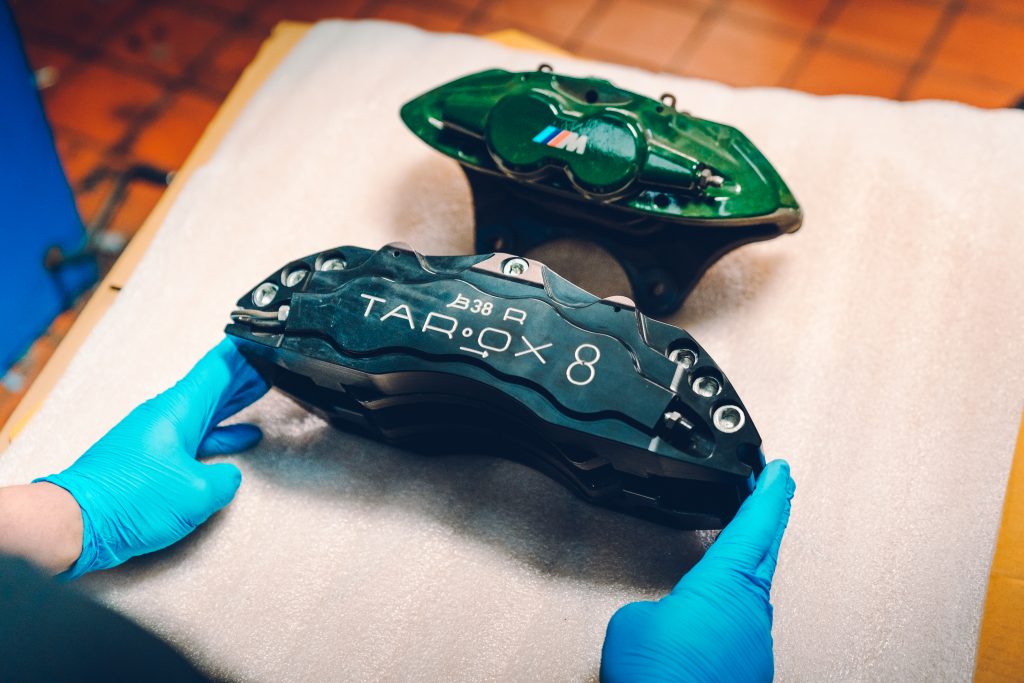
A comparison between a OE 4 piston from cast TAROX 8 piston replacement – twice the power? Not necessarily.
Many OE manufactures are adopting to multiple piston for performance road cars as pad and caliper sizes grow but it is essential for the cars to be usable and predictable on the road. Audi are now using 8 piston calipers on their road cars as are Bentley. You will find that Brembo, Alcon and Akebono offer 8 piston calipers for road cars something TAROX developed over 10 years ago in quest to keep a firm and progressive brake pedal as brake systems got ever lager.
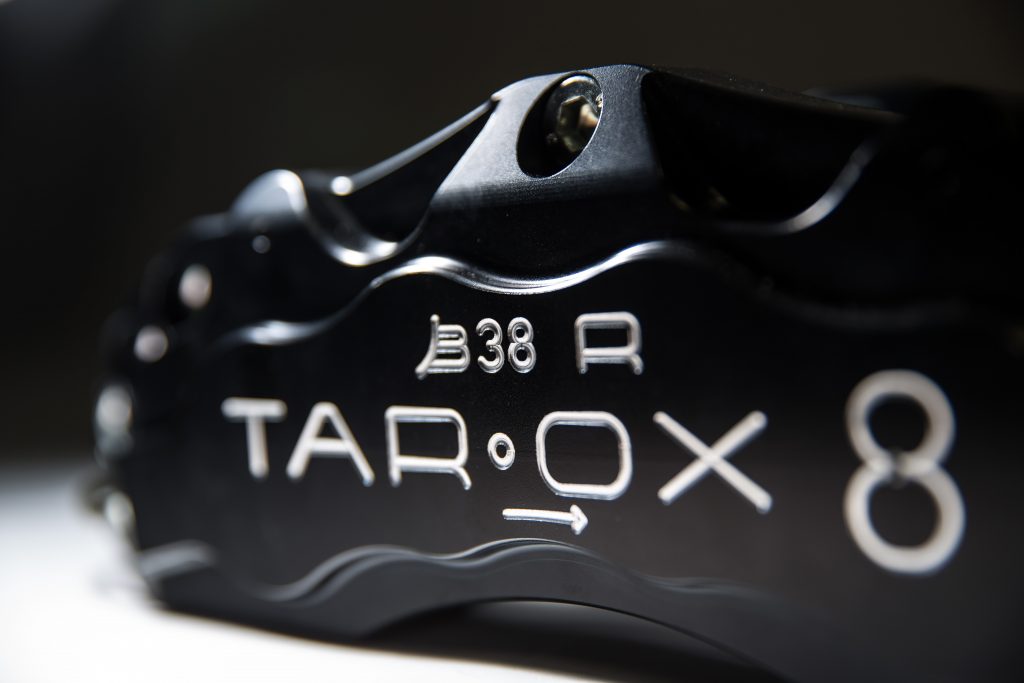
Weight saving, firm pedal and usable power are all more important than the number on the side
So when developing an aftermarket brake kit for a specific car we have to consider firstly improving the overall available braking power this would usually come from increasing the size of the brake disc and the pad surface applied to the brake disc. We want to reduce mass. This is done by using the highest quality lightweight metals combined with experienced engineers using compute software but what is essential to TAROX is the feel of the brake pedal and in search of this feel which is part of our philosophy we use mule calipers with a different number but also different sizes of the same number to find that perfect balance of feel and power which in our experience allows the driver to fully explore the performance of their car.
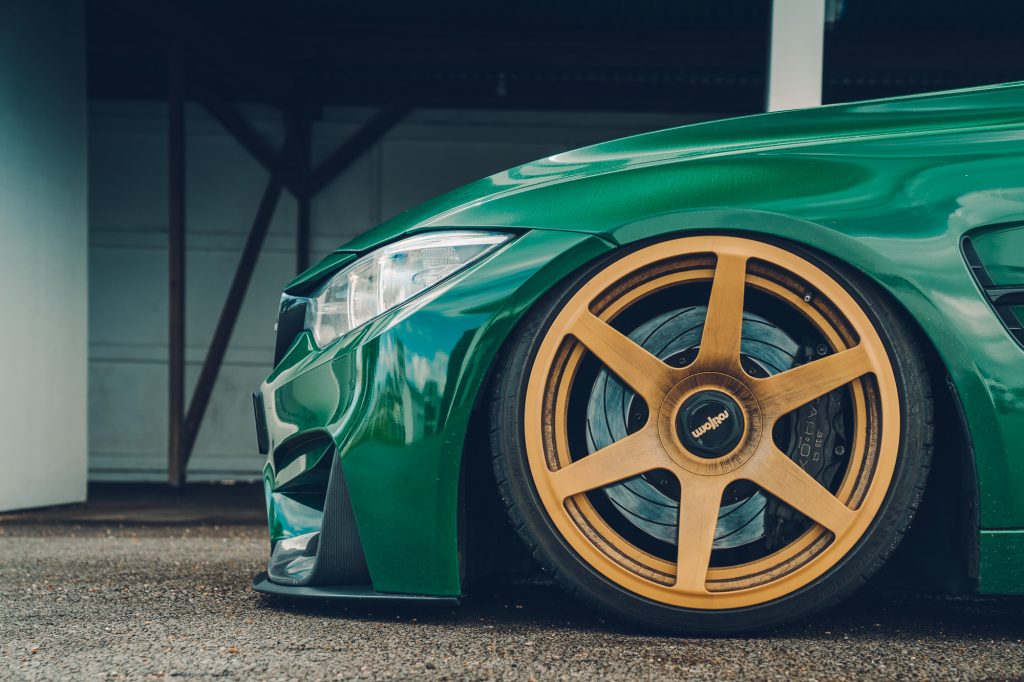
TAROX calipers for the road are developed for road and track for cars with OE master cylinders and road tyres and feature protection from the elements
It is very rare to see an 8 piston caliper on a race car, however they are now becoming common place on some of the best performance road cars. Maybe it is time to judge brake calipers by a different measurement – overall piston capacity or maybe simply how we do, ensuring each car has a tailored brake system that works in harmony with your cars existing systems, whether that means it s a 4, 6, 8 or even 12 piston caliper.

A 400mm 12 piston kit for a Ford Mustang. TAROX brake kits are a tailored solution for your car, not parts handed down no longer good enough for the race track.
Previous article« TAROX Land Rover Defender Brake Kit
Next articleDiscs and pads launch for GR Supra »

